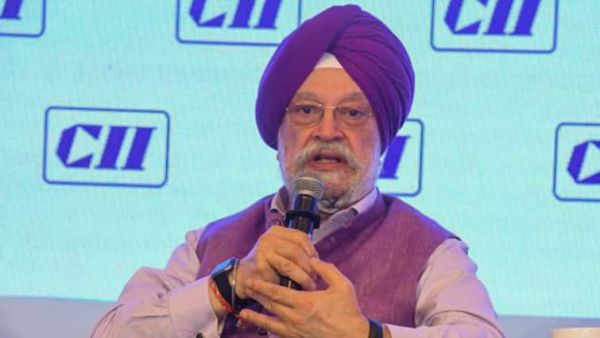
The recent Air India crash in Ahmedabad, one of the deadliest in recent memory, has sent shockwaves through the country. All passengers and crew perished in the tragic accident, except for one fortunate survivor. The Boeing Dreamliner, which failed to gain height shortly after take-off, crashed into a medical college hostel within a minute, compounding the scale of the disaster with deaths on the ground. In response, Air India has announced a compensation of Rs 1 crore for each victim. While this may appear as a major financial blow to the airline, with the loss of a high-value aircraft, a trained crew, and a dent in public trust, the wider economic implications are far more complex and far-reaching. Chairman of the General Insurance Corporation (GIC) Ramaswamy Narayanan has pegged the total insurance claim at Rs 3,940 crore ($475 million). The hull and engine damage alone will cost $125 million, while compensation for the passengers, crew, and ground victims will come to about $350 million. What’s more alarming is that this single claim is nearly three times the total aviation premium collected in India in 2023.
No single insurance company can absorb such a blow. That’s why insurers rely on reinsurance — sharing the risk with larger entities like GIC and international firms. A significant portion of the premium collected is passed on to these reinsurers. Although the specifics of reinsurance distribution in this case remain undisclosed, the financial burden will be shared across multiple companies and countries, making it a truly global liability. However, this sharing of loss ultimately trickles down to the public. The cost of aviation insurance is expected to rise, which will likely lead to a corresponding increase in airfares. Passengers, not the airline or the insurer, will eventually bear the financial burden. This is the very principle of insurance: spreading the cost of loss across the broadest base possible. Those who never set foot on the doomed aircraft will still contribute to the compensation, indirectly and invisibly. This tragedy also raises serious concerns about safety—both in aviation and urban planning. Investigations will determine the technical cause of the crash, but it is already evident that the airport’s location within city limits contributed to the scale of the destruction. When Ahmedabad’s airport was first built, it was likely on the outskirts. Over time, unchecked urban growth brought dense population centres right up to the runway.
This is not unique to Ahmedabad. Many Indian airports now sit dangerously close to residential areas. Bengaluru has shown the way by shifting its airport away from the city. Other cities must urgently follow suit. This tragedy is a grim reminder: the true cost of delay in planning for safety is paid in human lives.
-
ECB Chief Opens Up On 'Commercial Benefits' From Test Series Vs India

-
Sunita Rajwar On Santosh Being Denied Indian Release: ‘One Of My Best Roles’

-
Tejashwi Yadav Alleges Nitish Kumar Aides Blocking His Son's Political Entry Before Bihar Polls

-
No Fuel Shortage In India Amid Geopolitical Tensions, Assures Minister Hardeep Puri

-
India’s Defence Industry Poised For High Growth With 25-27 Per Cent Profit Margins: ICRA
